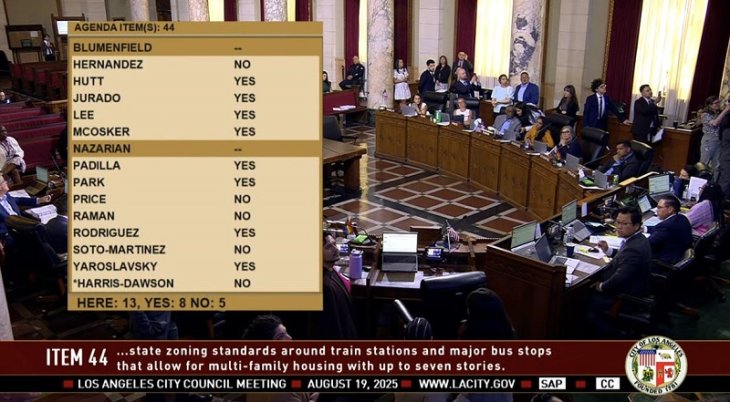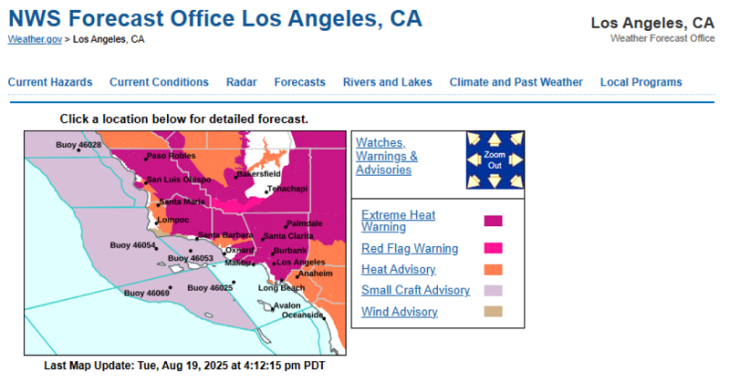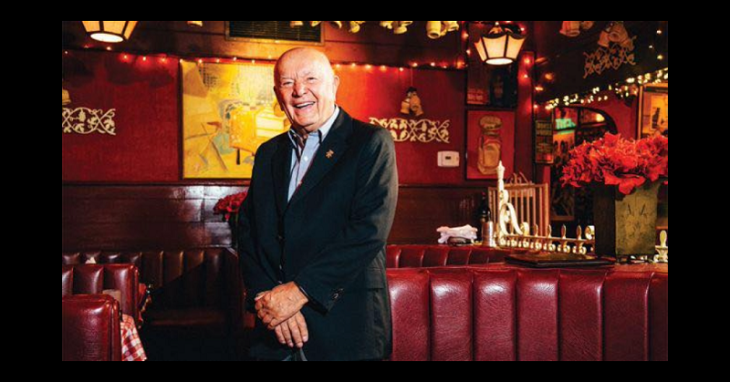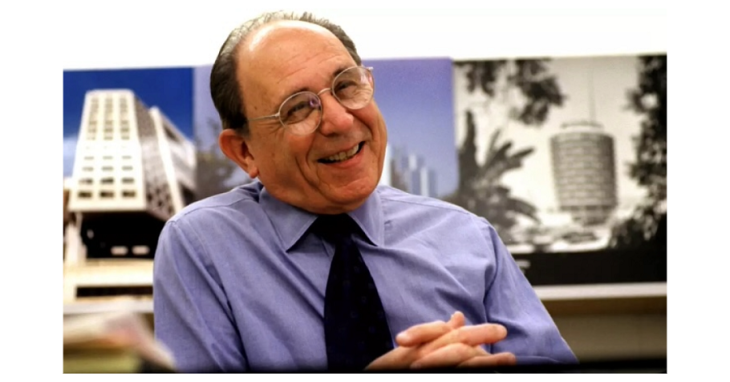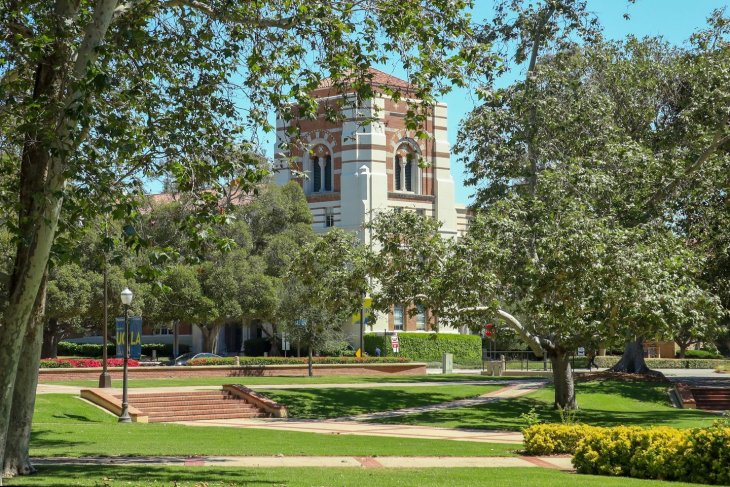
Republican gubernatorial candidate Neel Kashkari today called for party unity and pledged to hold Democratic Gov. Jerry Brown accountable for “our lack of jobs, for our failed schools and for our record poverty.”
“Gov. Brown continually claims a ‘California comeback,’ but most families have no idea what he is talking about,” Kashkari said after finishing second ahead of Assemblyman Tim Donnelly, R-Twin Peaks, to earn a spot on the November ballot for governor against Brown.
“For too long, misguided policies from Sacramento have driven jobs out of the state and destroyed the education system. In fact, Jerry Brown’s legacy is the destruction of the middle class.”
Brown, who is seeking an unprecedented fourth term, led the field of 15 candidates with 54.5 percent of the vote, according to semi-official results released today by the Secretary of State’s Office. Kashkari received 19 percent and Donnelly 14.8 percent. There were no other candidates with more than 3 percent of the vote.
“Forty years from the time I won my first primary for governor of California, I’m ready to tackle problems, not on a partisan basis, but on a long-term basis of building California and making sure we’re ready for the future,” Brown told reporters outside the governor’s mansion in Sacramento.
Brown credited his first-place finish to “curing a $27 billion deficit, keeping my promise not to raise taxes unless the people themselves voted for it and bringing government closer to the people.
“We’re doing that with realignment of our prison system, we’re doing that with our school system by putting more authority into the hands of teachers, more authority at the local school level and not trying to aggregate all the power up here in Sacramento because that just doesn’t work.”
This was the first gubernatorial election under the “top two” system adopted by voters in 2010. Candidates from all parties appeared on the primary ballot, with the top two advancing to the November election regardless of party.
The field consisted of six Republicans, two Democrats, five without a party preference and one each from the Green Party and Peace and Freedom Party.
A former Treasury Department official making his first run for office, Kashkari focused his primary campaign on two issues — creating jobs and improving education.
Kashkari’s jobs plan, titled “Rebuilding the Middle Class,” calls for:
— excusing manufacturing companies from paying state corporate income tax for 10 years if they locate in California and create 100 jobs or open new manufacturing facilities;
— working with federal officials to pass free trade bills to open new markets for California goods;
— canceling the proposed high-speed rail project and redirecting the bond money for it to increase water storage;
— pushing safe development of the Monterey Shale Formation through fracking;
— creating an energy and environment task force to identify and address impediments to fracking;
— adopting flex time rules to allow for greater cooperation between employers and workers; and
— capping non-economic personal injury rewards at $250,000 to match the state’s medical malpractice limit.
On the kindergarten through 12th grade level, Kashkari’s education plan, “Transforming Our Schools To Lift Achievement, Reduce Income Inequality &
Eradicate Poverty,” calls for:
— rerouting state funding education directly to school sites instead of districts so teachers, principals and parents can decide how the funding is spent;
— eliminating the vast majority of the California Education Code, providing all schools with the flexibility charter schools have;
— bringing vocational training back to schools;
— lengthening the school day and school year;
— rewarding great teachers;
— ensuring resource and facility parity for charter schools and removing the yearly limit of 100 new charter schools.
On the college level, it calls for;
— linking campus performance to state funding;
— establishing different goals for the three higher education segments — community colleges, California State University system and University of California system;
— rewarding progress to maintain the integrity of degree and certification completion;
— mandating that all University of California and California State University campuses place 20 percent of their courses online within four years;
— providing free tuition to science, technology, engineer and mathematics students in exchange for a small interest in their future earnings.




